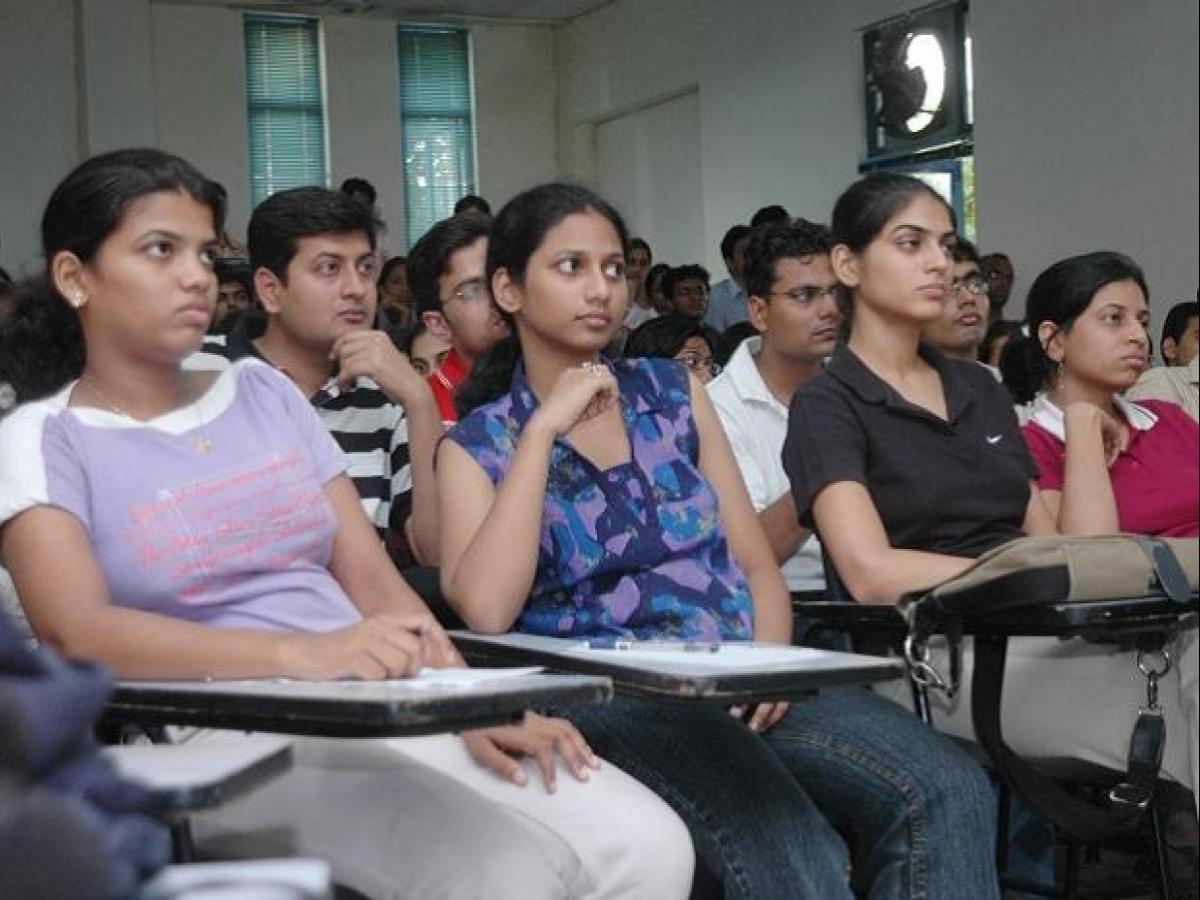As a person achieves greater levels of education or begins college, the likelihood of dropping out of school decreases. According to the report, the rate of dropout is lowest after the post-secondary level.
Parents do not prioritize girls in education, according to Rajendra Singh, president of the Independent English Schools’ Association in Maharashtra.
“When parents are in a financial bind, girls are often pushed to the back of the line when it comes to schooling. Second, the dropout rate in rural areas is significant for a variety of reasons,” he explained.

According to Singh, one of the major reasons for children dropping out of school is labour migration. “However, these factors are rarely taken into account in such surveys,” he added.
There are a variety of elements that influence our country’s dropout rate. Poor schooling, household economic situation, social well-being, socio-economic status, insufficient access to quality education, unappealing course content, social taboos, particularly among female children, parental illiteracy, and unusual scenarios coming from a pandemic like COVID-19 are among them.
There aren’t enough good math and English teachers, especially in rural areas. As per a report, many kids drop out owing to poor performance in mathematics and English, which are obligatory subjects up to the tenth grade. Every student is unique, with their own set of interests and aptitudes, but the curriculum is uniform. Another cause for student dropouts is a lack of options.
Similarly, the system isn’t built for quick learners who want to finish early with minor specializations. The current framework is lacking in both mobility and flexibility, and it should be replaced with a choice-based framework that allows for continuous learning without regard to enrollment location or course completion time.
The downward trend is visible not only in engineering and technology undergraduate and graduate programs but also at the diploma level, which has traditionally shown rising enrollment trends. The same downward trend in enrollment may be seen in Management courses.
This is only conceivable if there are more seats than entrants, which is not the situation in India. Our country already has a demographic dividend edge because it has the world’s youngest population.
Colleges are still closing, and there is a drop in enrollment, indicating that young people are not enrolling in technical education.
There could be a variety of reasons for this, ranging from socioeconomic considerations to a lack of enthusiasm, interest loss, undefined or unclear prospects, poor placements, economic slowdowns, obsolete or irrelevant course content, and financial commitments.
Source- The Education Daily
Also Read: Why Bollywood needs to revamp its sexist ways of representation.